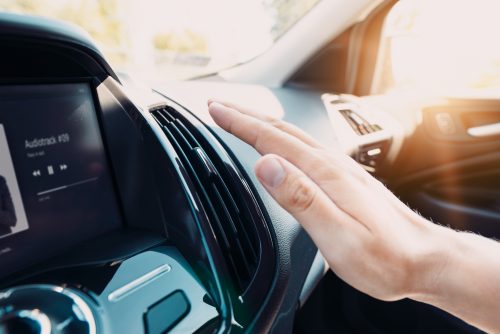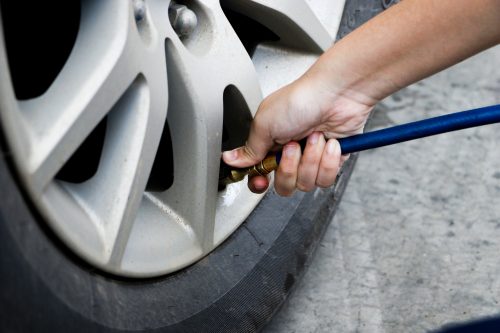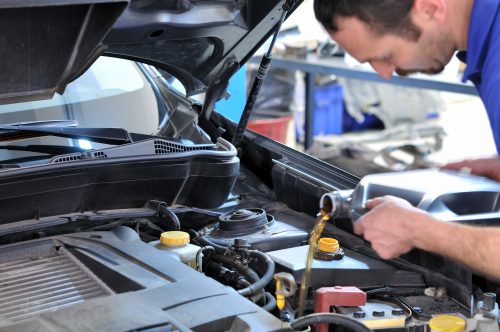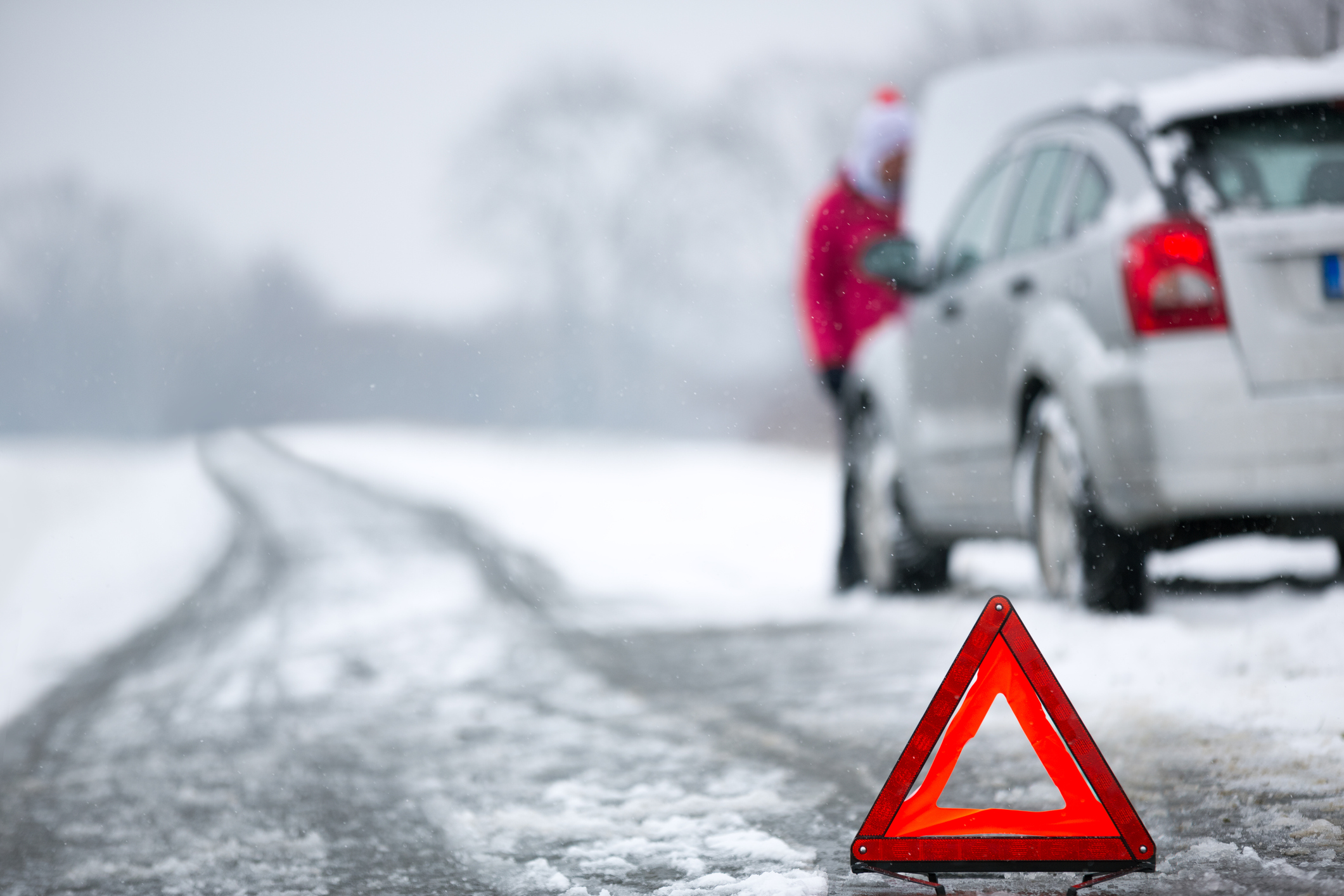Part 3:
Vehicle Operation During Winter Months:
Putting added stress on your vehicle during the winter months is often easy to forget. Most new vehicles seem to operate with ease in the cold but remember that when it’s -20 degrees out, things go wrong. The cold affects metal, rubber, and fluids that your vehicle is made from, plus the cold can knock the effectiveness of your battery to around 50%! We recommend not letting the fuel level of your vehicle drops below ¼ tank, and even try to keep it above ½ tank whenever possible. Your car will thank you, and if you’re ever stranded you don’t want to have to worry about your fuel levels.

How long to warm up the vehicle?
First off, you 100% need to clean off your windows. It’s not only illegal in Minnesota, but it’s very dangerous to begin driving with the windows covered in ice. Next, while you’re scraping off your windows, let your car idle for about 30 seconds before you take off. Sure, it’s ok for you to immediately start driving, but getting those fluids moving for a little bit will help make sure you’re not doing harm. What you don’t want to do is let your vehicle run outside for 20 mins to “warm-up” and then hop in and go. Your vehicle warms itself better when you’re driving it, rather than sitting and idling.
Now if you’re driving a vehicle that is much older and carbureted, you’re going to have to let that vehicle warm up for some time. The gas and oils need more time to work together to get moving, but hopefully, you don’t need to worry about this.
So as a recap, start your vehicle, clean off your windows, and wait around a minute or so before you take off. Do you have to? No. Should you? Yes. You’ll be more comfortable and you’re vehicle will thank you!

Tire Pressure:
The general consensus is that for every 10-degree drop in temperature your tires will drop by 1lb. You’ll want to make sure you aren’t driving around on underinflated tires. The best practice is to do a visual inspection. If you’re not sure, grab a tire gauge and check that the tires are not low. The tire contact patches are the only thing between keeping you safe and sliding off the road.

Change Your Oil:
Changing your oil is an important part of maintenance. Your car may recommend using a different oil weight for colder weather. Check your owner’s manual or consult your dealership/repair shop for more information.

Keep The Lights On:
If it’s snowing, your lights need to be on. Your winter car prep checklist should include testing your headlights, turn signals, and brake lights. Replace any burnt out light bulbs to help keep you and others safe during inclement weather.





